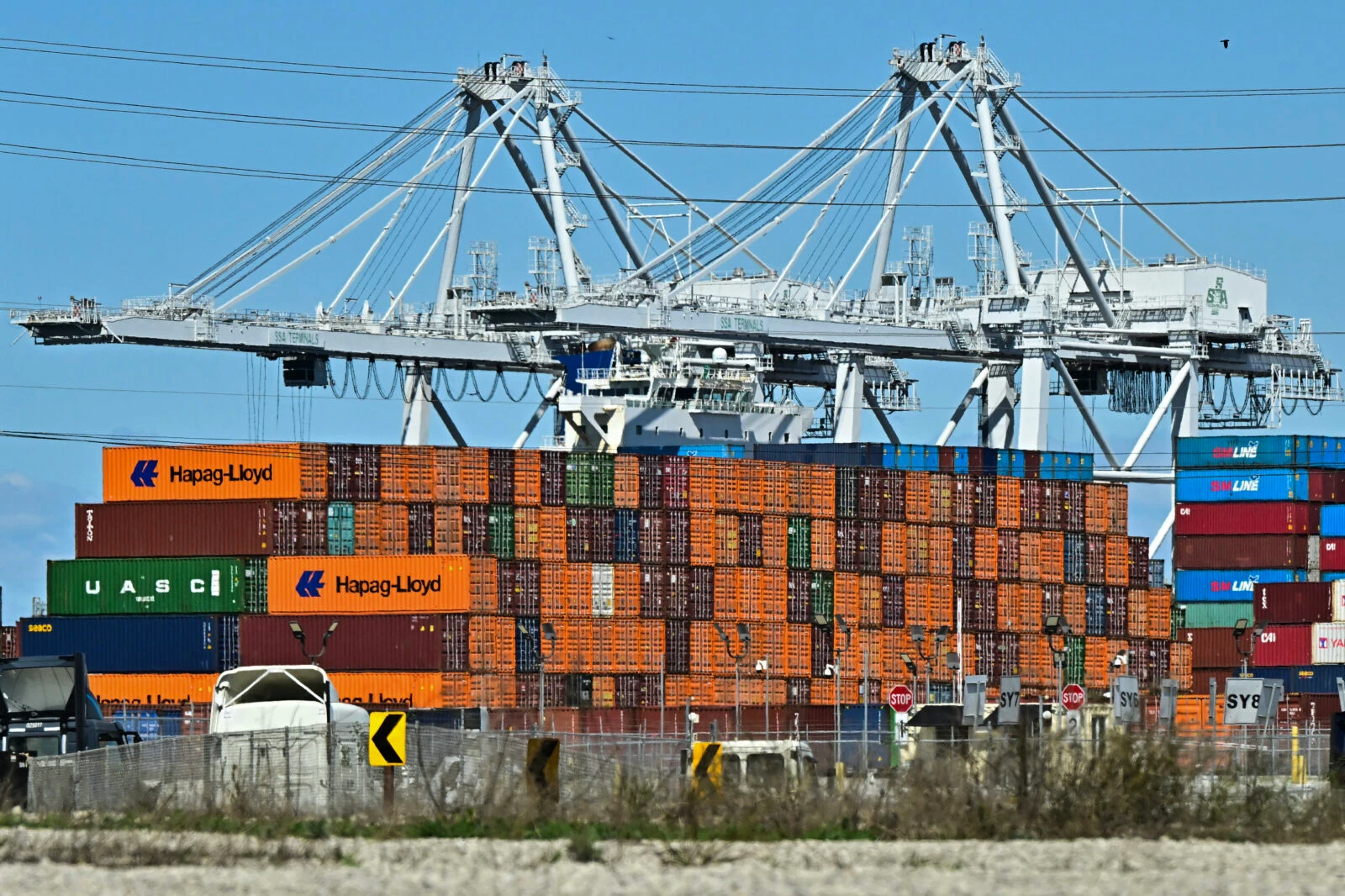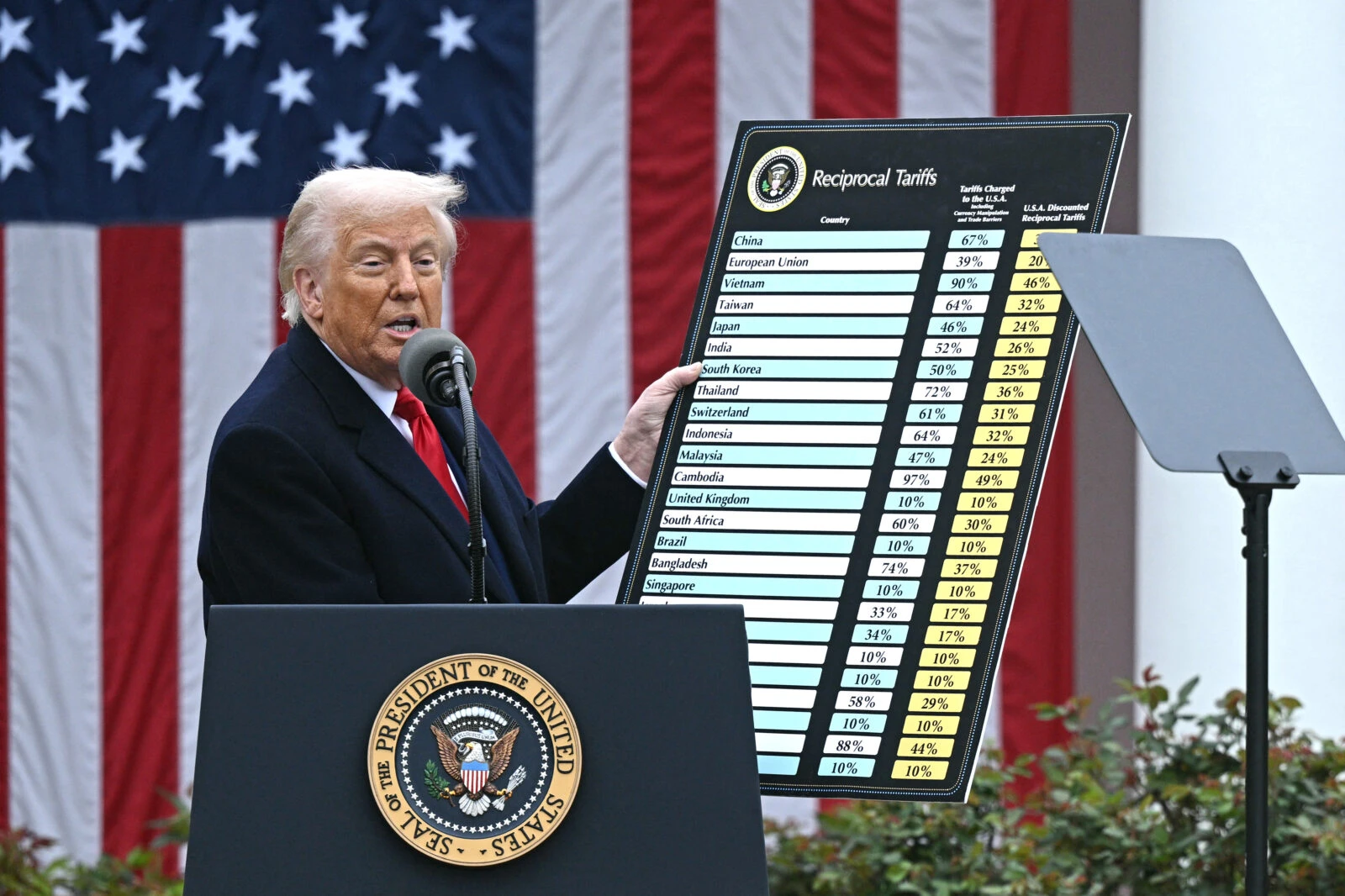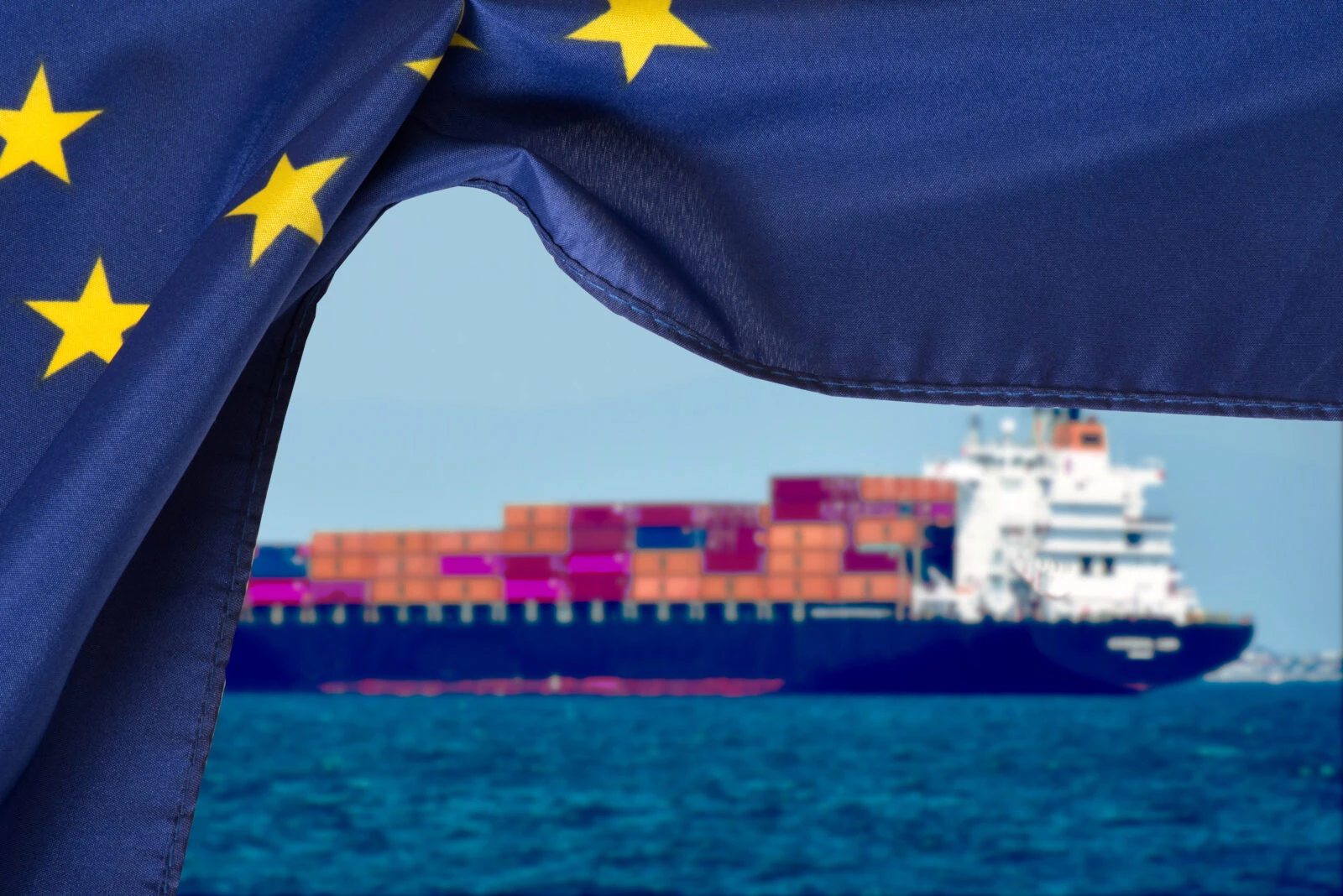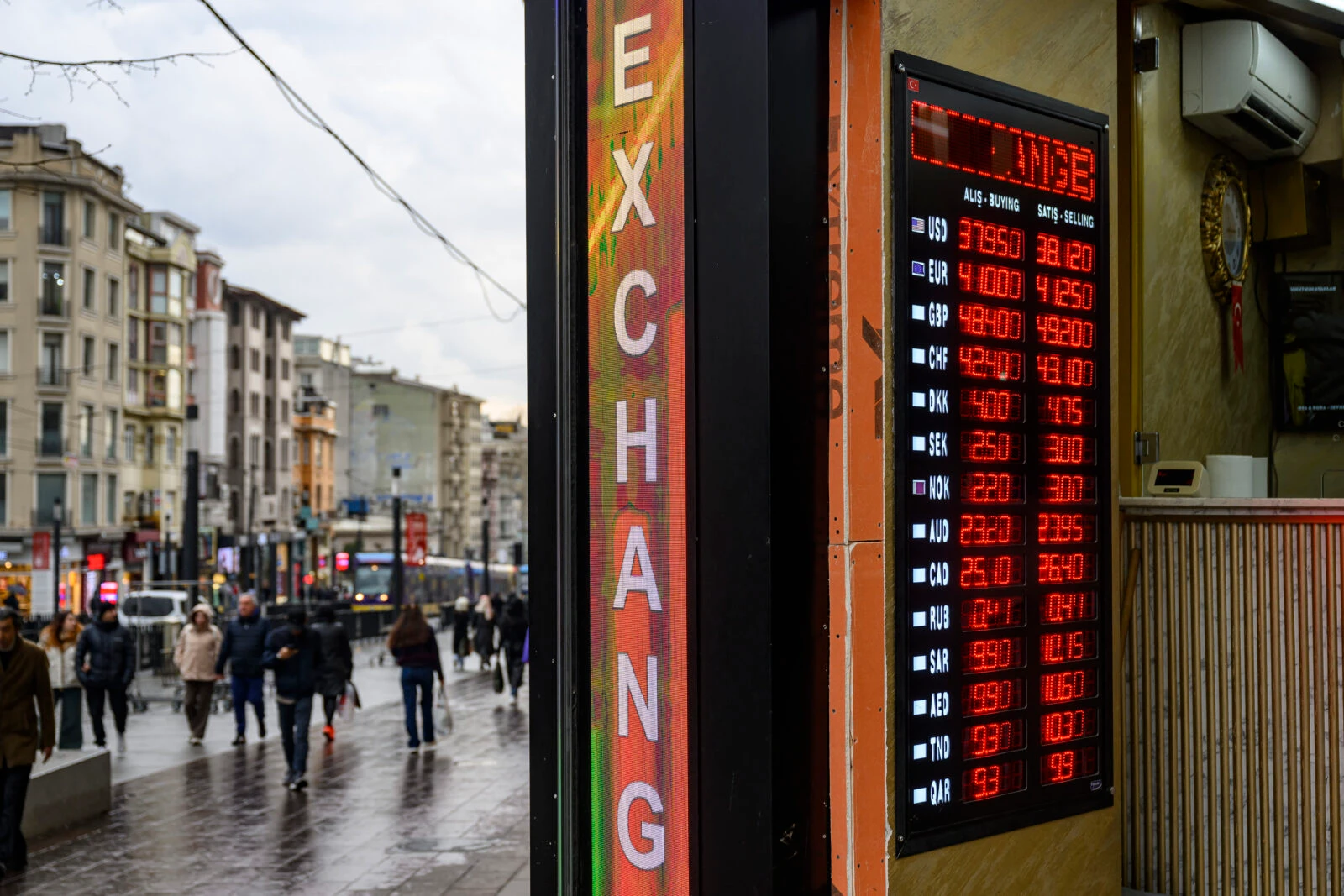Trump’s tariffs may boost Turkish chemical exports to US market
 Plastic scrap and electronic waste recycling factory in Kocaeli, Türkiye on May 14 ,2015, accessed on 5 April, 2025. (Adobe Stock Photo)
Plastic scrap and electronic waste recycling factory in Kocaeli, Türkiye on May 14 ,2015, accessed on 5 April, 2025. (Adobe Stock Photo)
U.S. President Donald Trump’s new customs tariffs may provide Türkiye’s chemical industry with a competitive advantage in the American market, according to Adil Pelister, chairman of the Istanbul Chemicals and Chemical Products Exporters’ Association (IKMIB).
Pelister noted that Türkiye’s placement in the lowest tariff bracket—at 10%—compared to significantly higher rates for other exporting countries could strengthen Ankara’s position in the U.S. chemical sector.
“Compared to the tariff rates imposed on other countries, our placement in the lowest bracket may be seen as an advantage. With Trump’s tariffs, the Turkish chemical industry could become more competitive in the U.S. market,” Pelister said.

Türkiye among countries in lowest tariff bracket
U.S. President Trump signed an executive order on April 2 introducing new reciprocal tariffs ranging from 10% to 50% on imports from 185 countries.
Notable increases included:
- 34% on China
- 20% on the European Union
- 46% on Vietnam
- 24% on Japan
- 26% on India
- 25% on South Korea
- 17% on Israel
Türkiye, alongside countries such as the United Kingdom, Brazil, Australia, and the United Arab Emirates, was assigned the minimum 10% rate.
These new measures are expected to reduce the competitiveness of major exporters like China and the EU in the U.S. market, potentially opening space for Türkiye to expand its presence.

Chemical industry seen as strategic advantage
Türkiye’s chemical sector, particularly exports in intermediate goods such as dyes, synthetic fibers, fertilizers, and soda, is expected to benefit from the shifting trade dynamics.
With EU-origin chemical products likely to rise in price in the U.S. due to the new tariffs, American importers may seek more affordable alternatives.
“U.S. firms may turn to our country as an alternative supply market due to the high tariff rates applied to China,” Pelister said.
He added that success in this scenario depends on enhancing competitiveness through high-tech, value-added production and said, “We can become more competitive in terms of price, but increasing exports to the U.S. ultimately depends on producing more advanced and value-added products.”

Impact on EU and domestic markets
If the EU’s export volume to the U.S. declines, some of the chemical goods may remain in the European internal market.
This could increase supply, lower prices, and heighten competition for Turkish exporters in the EU—especially in areas such as plastic packaging, rubber, dyes, and cleaning products.
Still, lower EU prices may help Türkiye in the short term by reducing input costs. “This could have a positive effect on our production costs,” Pelister stated.

Currency trends and trade relations
Pelister also pointed to currency trends that could favor Türkiye’s chemical exports and said, “In the medium and long term, a decline in the value of the dollar and a rise in the euro may be expected.”
“This would positively impact our trade with the EU, where we export most of our chemical products, due to the exchange rate difference,” he added.
He further emphasized that updating the Customs Union with the EU, achieving visa liberalization, and signing new free trade agreements would strengthen the sector’s position.

Türkiye aims for increased US trade volume
The chemical sector was Türkiye’s second-largest exporting industry in 2024, with $30.8 billion in exports.
The sector aims to reach $35 billion in 2025. The U.S. was among the top 10 destinations for Turkish chemical exports last year.
Pelister highlighted Türkiye’s potential for further growth in the American market and said, “If Türkiye increases its investment appetite in these products, our trade volume with the U.S. will undoubtedly expand.”
He also noted geopolitical risks and said, “China will apply a 34% additional customs duty on U.S. goods starting April 10. In addition, retaliatory tariffs from the EU and other countries may lead to a surge in global inflation and a slowdown in global growth. We are closely monitoring the process.”



